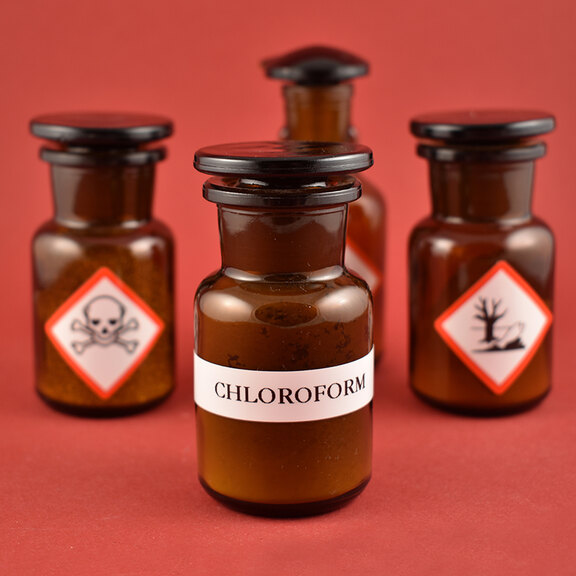It is flat, round, and transparent – and has made countless scientific discoveries possible: the Petri dish. When Julius Richard Petri invented it, he was 25 years old and working as an assistant to the renowned microbiologist Robert Koch at the “Kaiserliches Gesundheitsamt” (Imperial Health Office) in Berlin. In 1877, the young researcher came up with the idea of using the bottom of a glass flask to grow bacteria. For this, he used a gelling agent extracted from algae as a culture medium. This “agar plate” was held in place in the dish for the first time by Petri and could thus supply the growing microorganisms with water and nutrients. This stopped the microorganisms from spreading by mixing, as they would in a liquid medium, and enabled the isolation and identification of pathogens.
Important research base
With his idea, Julius Richard Petri created an important research base, which still plays a major role in the search for new therapeutic drugs today. Petri dishes are manufactured in various sizes from laboratory glass and polystyrene, a transparent plastic.
In addition to all the euphoria among researchers, however, the Petri dish has some negative associations. For instance, it is used in controversial stem cell research.
(Image: science photo – Fotolia.com)





